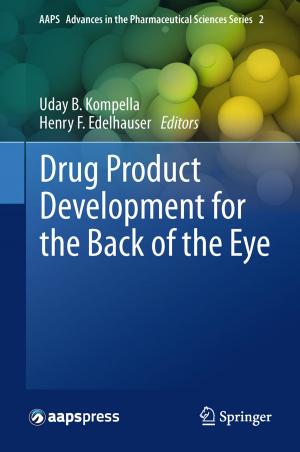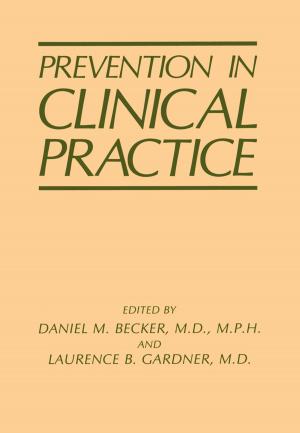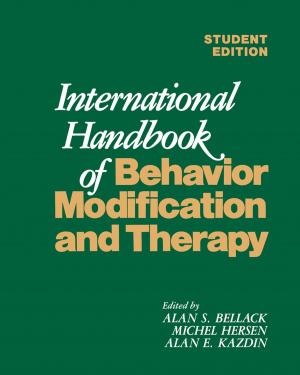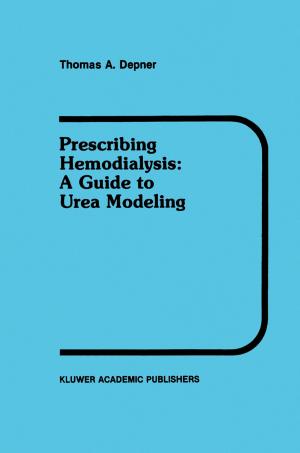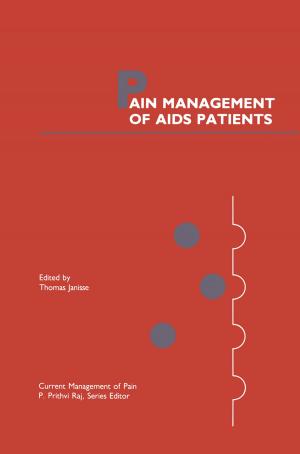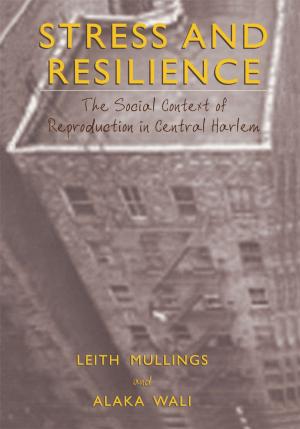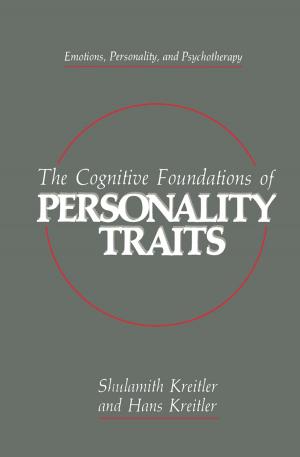Post-Traumatic Stress Disorder
A Clinician’s Guide
Nonfiction, Health & Well Being, Medical, Specialties, Psychiatry, Psychology, Clinical Psychology| Author: | Kirtland C. Peterson, Maurice F. Prout, Robert A. Schwarz | ISBN: | 9781489907561 |
| Publisher: | Springer US | Publication: | June 29, 2013 |
| Imprint: | Springer | Language: | English |
| Author: | Kirtland C. Peterson, Maurice F. Prout, Robert A. Schwarz |
| ISBN: | 9781489907561 |
| Publisher: | Springer US |
| Publication: | June 29, 2013 |
| Imprint: | Springer |
| Language: | English |
For hundreds of years, the human response to personal and collective catastrophe has been recognized. Major historical events of the twen tieth century have highlighted the reality of the human response to extreme traumatization, especially the experience of persons exposed to the concentration camps of Nazi Germany, the dropping of atomic bombs on Hiroshima and Nagasaki, and the unique features of the Vietnam conflict. However, it was not until1980, with the publication of the third edition of the Diagnostic and Statistical Manual (DSM-111), that post-traumatic stress disorder (PTSD) was fully recognized as a distinct and valid diagnostic category with a permanency not hitherto afforded post-trauma stress syndromes. Consequently, a formidable PTSD literature has emerged since the late 1970s. Included among the wealth of research and clinical papers are a variety of edited books containing contributions from the major authorities in the field (e.g., Figley, 1978, 1985; van der Kolk, 1984; Kelly, 1985; Sonnenberg, Blank, & Talbott, 1985; Milgram, 1986; Ochberg, 1988). However, to date no publication has brought together and integrated the variety of theoretical and therapeutic perspectives in a form readily accessible to clinicians. It is to this gap in the literature that this contribution is addressed.
For hundreds of years, the human response to personal and collective catastrophe has been recognized. Major historical events of the twen tieth century have highlighted the reality of the human response to extreme traumatization, especially the experience of persons exposed to the concentration camps of Nazi Germany, the dropping of atomic bombs on Hiroshima and Nagasaki, and the unique features of the Vietnam conflict. However, it was not until1980, with the publication of the third edition of the Diagnostic and Statistical Manual (DSM-111), that post-traumatic stress disorder (PTSD) was fully recognized as a distinct and valid diagnostic category with a permanency not hitherto afforded post-trauma stress syndromes. Consequently, a formidable PTSD literature has emerged since the late 1970s. Included among the wealth of research and clinical papers are a variety of edited books containing contributions from the major authorities in the field (e.g., Figley, 1978, 1985; van der Kolk, 1984; Kelly, 1985; Sonnenberg, Blank, & Talbott, 1985; Milgram, 1986; Ochberg, 1988). However, to date no publication has brought together and integrated the variety of theoretical and therapeutic perspectives in a form readily accessible to clinicians. It is to this gap in the literature that this contribution is addressed.

